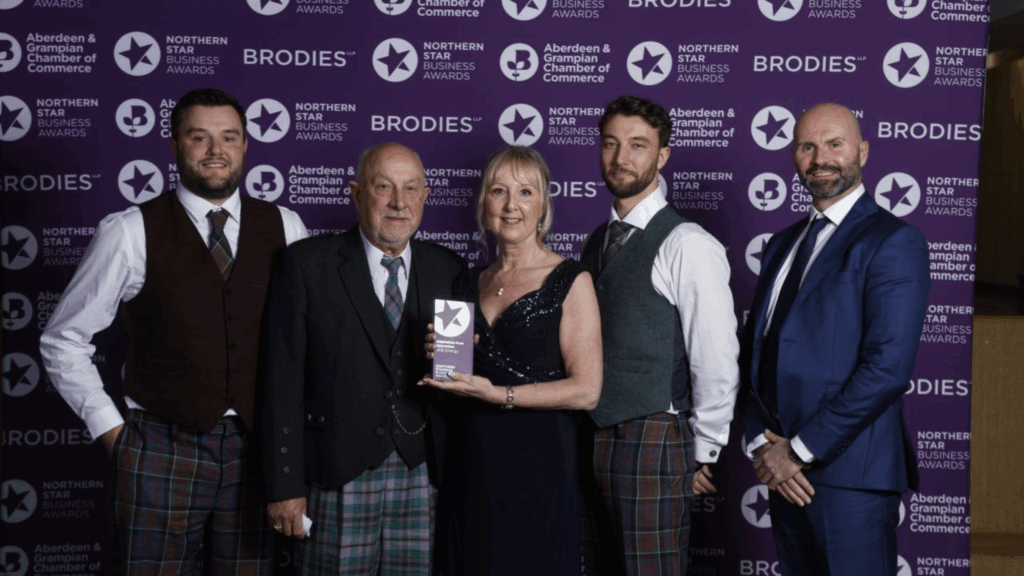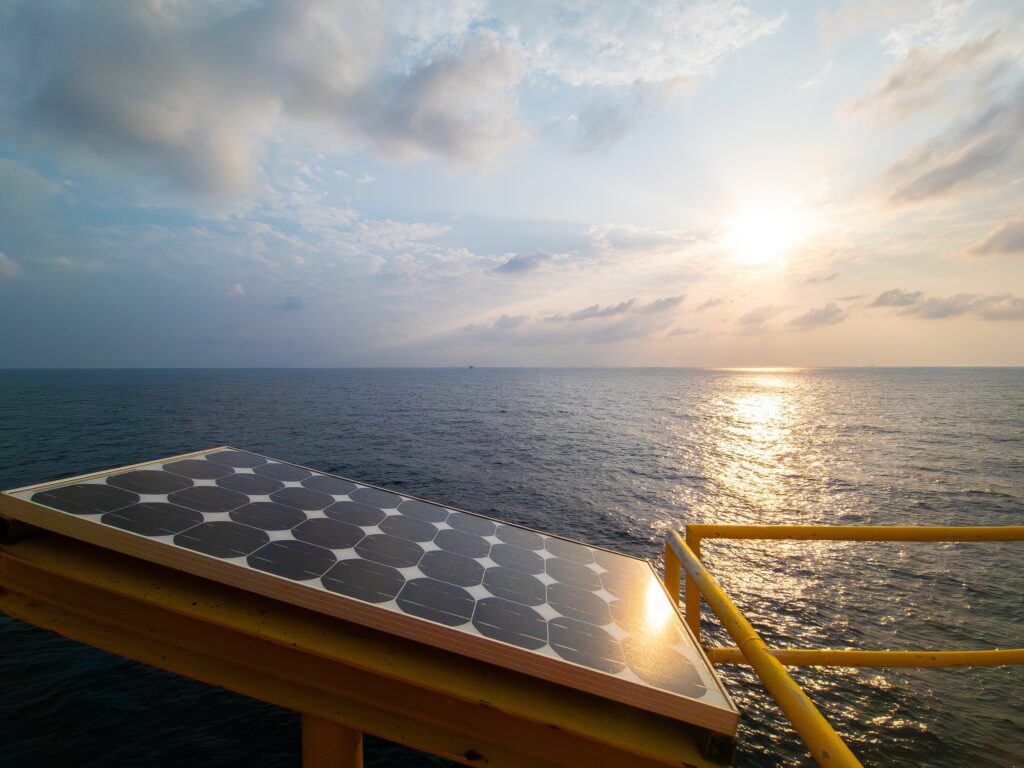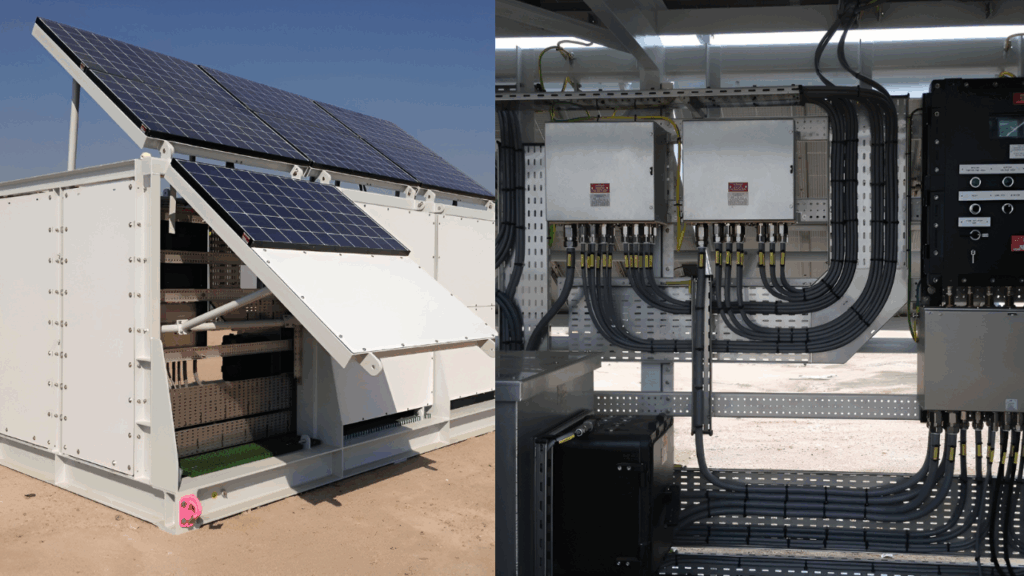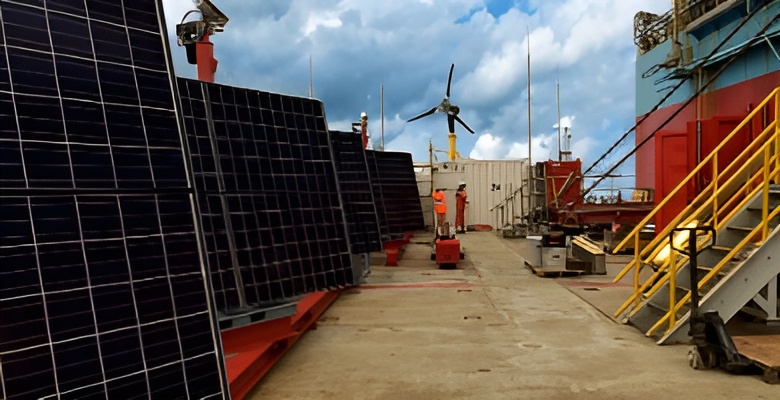
JCE Celebrates Innovation Award Win at Northern Star Business Awards
PRESS RELEASE JCE Energy Ltd., a specialist in off-grid power solutions for hazardous areas, has been awarded the prestigious Inspiration…
Ex nR (restricted breathing) is a specialised method of explosion protection for electrical equipment used in hazardous environments, particularly Zone 2 areas. Zone 2 environments are locations where explosive gas atmospheres are unlikely to occur during normal operation but could exist for brief periods during fault conditions. Here’s a detailed look at the principles, construction, testing, and applications of Ex nR enclosures.
Purpose of Ex nR Enclosures
Ex nR enclosures are designed to restrict the entry of flammable gases into the equipment they protect, reducing the possibility of an explosive mixture forming inside. The restricted breathing concept aims to restrict gases, vapours and mist from entering while allowing uncertified internal components to operate safely, as long as all external parts meet certification requirements.
Operating Principle
Unlike other protection methods, such as Ex d (flameproof), which allows for internal explosions to be contained, or Ex e (increased safety), which prevents sparking, Ex nR primarily focuses on reducing the rate at which fuel (flammable gases) enters the enclosure. The enclosure acts as a barrier, limiting gas entry by maintaining a high level of sealing, thereby protecting internal components that may spark or generate heat.
Construction Features
The construction of Ex nR enclosures typically includes:
Testing and Certification
Ex nR enclosures are subject to rigorous testing to ensure that their restricted breathing properties remain effective over time. Key aspects of the testing process include:


Applications in Industry
Ex nR enclosures are widely used in various industries where potentially explosive atmospheres are present.
Key industries include:
Maintenance and Safety Considerations
Maintaining Ex nR enclosures with test port involves routine pressure tests and inspections, typically performed at intervals of six month or more as experience dictates. These enclosures should only be opened under exceptional circumstances to maintain the integrity of their restrictive breathing properties. Competent personnel must carry out these inspections to ensure that the equipment continues to meet IEC 60079-15 and and IEC 60079-17 standards.
Should there be a need to open an Ex nR panel outwith the periodic testing time, then the panel must be tested after re-instatement because the seal will have been broken.
Advantages and Flexibility
Ex nR enclosures offer several advantages over other explosion protection methods:
Conclusion
Ex nR enclosures provide a flexible, lightweight, and cost-effective method for protecting electrical equipment in Zone 2 hazardous environments. Through rigorous sealing and pressure testing, they ensure that flammable gases, vapours and mists are restricted, reducing the risk of explosions. This protection method is critical in industries like oil and gas, chemicals, and renewable energy, where safety and reliability are paramount.

Supplying a bespoke solar power system for the South Ndola wellhead platform to support safe, reliable offshore energy.

Creating a Zone 2 certified solar power system to deliver safe, sustainable energy in hazardous offshore environments.

Developing a containerised hybrid power system to support critical operations with lower emissions and improved fuel efficiency.